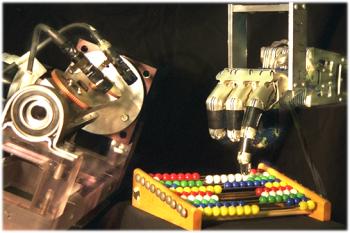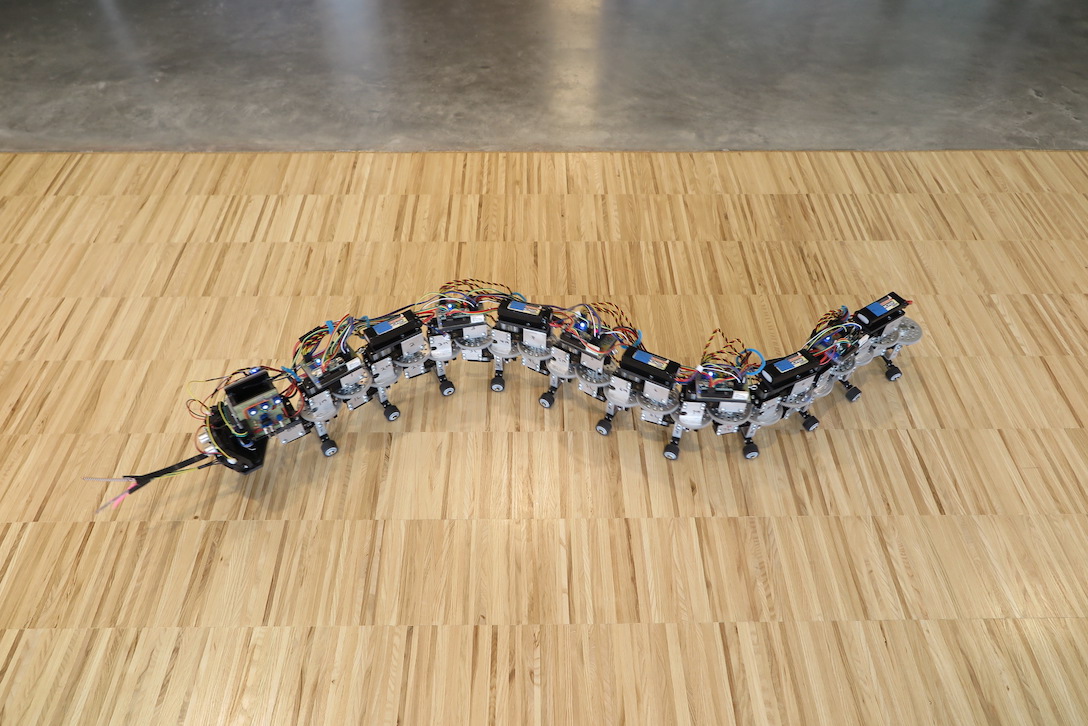CSC 230 Robot Construction





Course: CSC 230 Robot Construction
Instructor: Randal C. Nelson
Office hours: by appointment, Wegmans 3009
Time: TR 9:40 - 10:55
Room: Goergen 110
Labs: M, T, W evenings 7:40 - 10:20 PM, Wegman's 2007
What else is the Prof up to?
Also, there might occasionally be hints, or comments from other students
relevant to CSC230 here...
A robot shall not harm a human being...
(Isaac Asimov, First Law of Robotics)
For the purposes of this class, a robot is any artifact that moves by itself under some sort of adaptive, (non-human-sourced) control. This covers a lot of ground. BigDog is a robot. So is Predator. So is the automatic transmission in a 1990s automobile. 2020 automobiles are complex, integrated robotic systems, even the ones that can't parallel park themselves or keep to a lane on the freeway. Your CD/DVD/BluRay player is a robot. So is your inkjet printer.
A desire to build robots. However, experience with shopwork, any sort of construction or fabrication, electrical or electronic design, mechanical design, physics, computer programming, system-level architecture, operations research, etc. would likely be an asset; also, experience working on or leading a team effort. If you don't want to work with a team, this is probably not your class.
Some combination of:
There is an undergraduate robot construction lab (Wegmans 2007) that will be used for the labs in this course. It contains a fair collection of hand tools, and some small power tools (drill press, band saw, and small mill and lathe). It has soldering and electronic test facilities, and a small 3D printer. There is also a stock of small electronic and mechnical components, and an assortment of miscellaneous materials. We have access to metal and woodshop fabrication facilities, in the Rettner building if more substantial machinery is needed. We have some small funds available for the class project (upper bound $1000 but aiming for less). Computational resources will come from personal machines, and begged, borrowed, or stolen from the CS department as required.
The contents of this log may change at any time.
Daily assignments will be posted.
You are expected to read it regularly.
There are no required texts. However, the materials listed under the "Books and Online Documents" section below may be useful. A selection of robot books has been placed in the bookcase in the 6th floor "maker space". You are encouraged to browse.
There are no definitive texts. The knowledge required for robot construction is too vast to be satisfactorily covered in one volume. The materials listed here are considered by the prof to be good reading and reference, in whole or in part.
Suppliers and sources for materials, components, and tools useful for the construction of robots.
There IS a UR Robotics Club. Full of students just like you,
interested and involved in building, programming, and otherwise interacting
with robots.
Check out some of their projects, discussions, and resources.
A discussion of materials useful for robot structural frameworks.
Useful scaling rules (power laws) for mechanical structures
Nuts, bolts, screws, and glues.
Joints and bearings and wheels and gears and all that jazz.
Batteries etc.
How to choose and use electrical wires.
Basic discrete electronic components (resistors, capacitors, diodes, transistors...)
Simple, functional, integrated circuits with little or no programmable, internal state(op-amps, voltage regulators, logic gates, timers...)
Actuators for robot motion. Motors and other stuff.
Circuits for driving motors and how to use them. Includes short primer on communication protocols.
Finding out about the world around you. And your own state.
Support for central control. Mostly computer hardware.
A brief primer